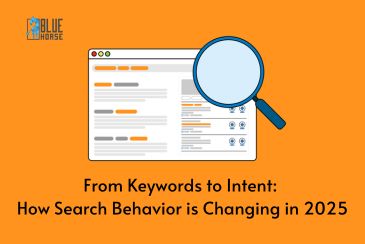Speed Up Your Magento Site: Key Tips and Best Practices
In the fast-paced world of e-commerce, speed is crucial. A slow website can drive customers away, leading to lost sales and lower search engine rankings. Magento, while powerful, can sometimes be a bit sluggish if not optimized properly. Fortunately, there are several strategies you can implement to boost your Magento site’s performance and keep your customers happy.
1. Optimize Your Hosting Environment
The foundation of a fast Magento site starts with your hosting environment.
-
Choose the Right Hosting: Your hosting provider plays a significant role in your site’s performance. Opt for a powerful hosting solution tailored for Magento, such as Virtual Private Server (VPS) or dedicated hosting. Shared hosting might be cheaper, but it often lacks the resources needed to run Magento efficiently.
-
Use a Content Delivery Network (CDN): A CDN distributes your site’s content across multiple servers around the globe. This ensures that users access your site from a server closest to them, reducing load times significantly, especially for international customers.
2. Enable Caching
Caching is one of the most effective ways to speed up your Magento site.
-
Full Page Cache: Magento comes with built-in full-page caching, which stores a copy of your pages in the cache. This reduces the time it takes to load pages, as they don’t need to be generated from scratch each time. You can also use third-party caching tools like Varnish for even better results.
-
Browser Caching: Configure browser caching to store static files like images, CSS, and JavaScript on users’ devices. This way, when they return to your site, these files don’t need to be downloaded again, speeding up the experience.
3. Optimize Images
Images are often the largest files on a website and can slow down load times if not optimized.
-
Compress Images: Use tools like TinyPNG or ImageOptim to reduce the file size of your images without sacrificing quality. Smaller image files mean faster loading times.
-
Use Next-Gen Formats: Implementing next-generation image formats like WebP can further reduce file sizes and improve load times.
4. Minimize HTTP Requests
Every element on your site (images, CSS files, JavaScript files, etc.) requires an HTTP request to load. The more requests, the slower your site.
-
Merge CSS and JS Files: Combine multiple CSS and JavaScript files into one to reduce the number of HTTP requests.
-
Remove Unnecessary Extensions: Deactivate and remove any Magento extensions that you don’t need. Each extension adds to your site’s load time, so keeping them to a minimum will speed things up.
5. Optimize the Database
Your Magento site’s database can become bloated over time, slowing down performance.
-
Clean Up Logs: Regularly clear unnecessary data from logs and other tables in your database. This helps to keep your database lean and fast.
-
Enable Flat Catalogs: Flattening your product and category databases can speed up queries and improve load times, especially for stores with large inventories.
6. Use a Fast Theme
The theme you choose for your Magento site can significantly impact its speed.
-
Choose a Lightweight Theme: Use a theme that’s optimized for performance. Lightweight themes are designed to load quickly and don’t rely heavily on large files.
-
Avoid Excessive Customizations: Custom code and heavy plugins can slow down your site. Stick to essential customizations and keep your site as streamlined as possible.
7. Implement Lazy Loading
Lazy loading is a technique that delays the loading of images and other content until they are needed.
- Delay Image Load: With lazy loading, images are only loaded as users scroll down the page. This reduces initial load times and improves the overall user experience.
8. Upgrade to the Latest Version
Magento regularly releases updates that include performance improvements and security patches.
- Regular Updates: Always ensure that your Magento installation and its extensions are up-to-date. Running the latest version will help you benefit from the latest speed optimizations and features.
9. Optimize JavaScript and CSS
JavaScript and CSS files can be a major contributor to slow load times if not optimized.
-
Minify JS and CSS: Minification removes unnecessary code and whitespace, reducing the size of your JavaScript and CSS files.
-
Asynchronous Loading: Load JavaScript files asynchronously to prevent them from blocking the rendering of other content on the page.
10. Use Redis or Memcached
For advanced caching, consider using Redis or Memcached.
- Advanced Caching: These tools can be used for session storage and cache management, significantly improving database performance and overall site speed.
Conclusion
Implementing these tips will help you significantly improve the speed and performance of your Magento site. A faster site not only provides a better user experience but also boosts your search engine rankings and conversion rates. Start with the basics, like optimizing your hosting environment and enabling caching, and then move on to more advanced techniques like database optimization and lazy loading. With a bit of effort, you can ensure that your Magento site runs smoothly and efficiently, keeping your customers happy and your business thriving.





















Comments